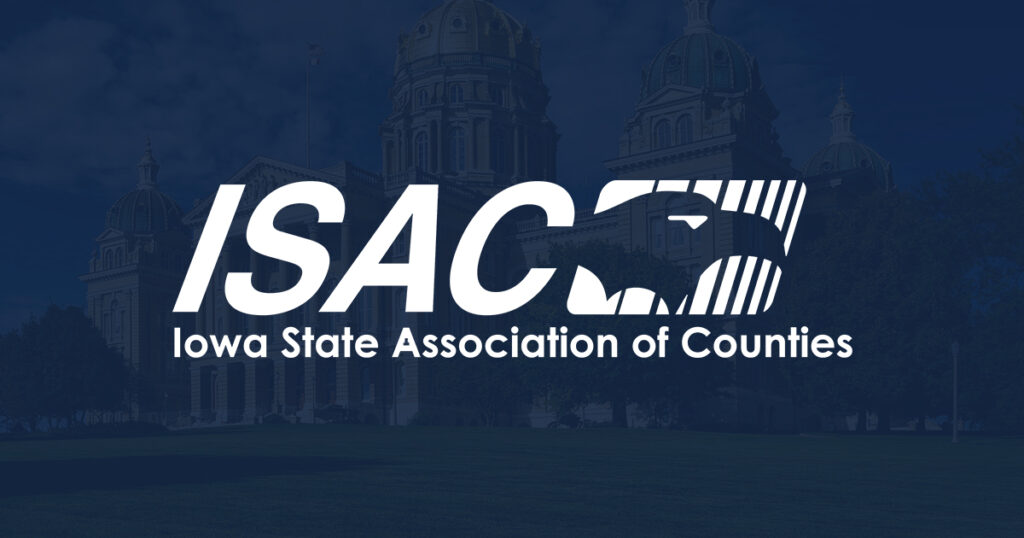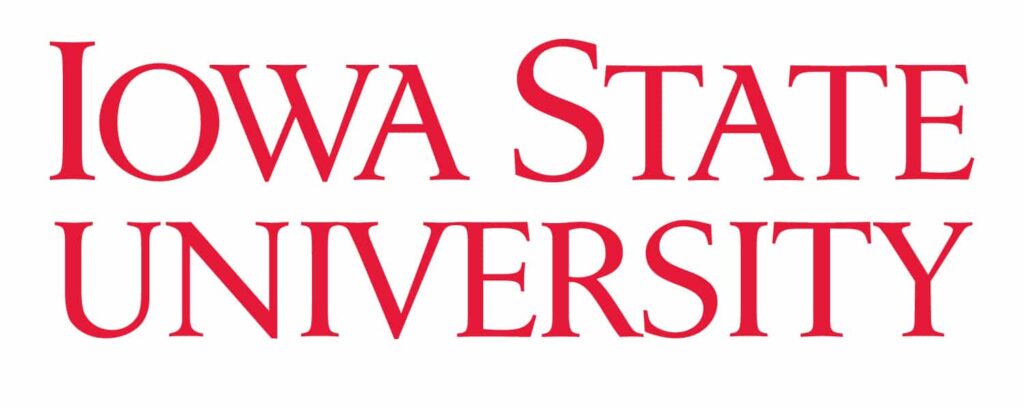Iowa economy shows signs of slowing in November despite expansion in manufacturing

BUSINESS RECORD STAFF Dec 2, 2020 | 9:20 pm
2 min read time
462 wordsAll Latest News, Energy, Statewide NewsAfter several months of growth, Iowa’s economy showed signs of slowing in November, according to a monthly survey of supply chain managers.
According to the Mid-American Business Conditions Index published this week by Creighton University, Iowa’s index fell more than 4 points in November to 74.6, down from 78.7 in October. For the nine-state region covered by the report, the index dipped to 69, down from 70.2 the previous month.
The index reached its lowest level in 11 years in April as the coronavirus pandemic spread across the country, forcing businesses to close and furlough or lay off employees. Since then, the overall index has climbed above neutral growth in six of the past seven months.
The Business Conditions Index ranges between 0 and 100, with an index of 50 or greater suggesting an expanding economy over the next three to six months. It is an average of indexes for new orders, production or sales, employment, inventories, and delivery lead time.
In Iowa, despite the drop in the state’s index, the survey showed a growing economy, although maybe at a slower rate.
The new orders index was at 77.8, production or sales was 79.2, delivery lead time measured 78.7, employment was at 62.5, and inventories ranked the highest at 87.2.
“Recent surveys indicate that both durable and nondurable goods manufacturers are expanding at a solid pace,” said Ernie Goss, director of Creighton University’s Economic Forecasting Group and the Jack A. MacAllister Chair in Regional Economics in the Heider College of Business.
For the region, Goss said the survey results mirrored national manufacturing survey results showing manufacturing has expanded “at a solid pace” since April.
“Even so, current output in the regional and U.S. manufacturing sectors remains below pre-COVID-19 levels,” Goss said.
According to the November survey, the regional employment index remained above neutral growth, but fell to 63.1, down from 66.7 in October. Since the onset of the virus, nonfarm employment is down 649,000 jobs, or about 4.7%, and manufacturing employment is down 4.9%, or about 72,000 jobs, according to U.S. Bureau of Labor Statistics data contained in the report.
Regional manufacturing has gained back about 37,000 nonfarm jobs, or 2.7%, the report indicated.
Of those surveyed for the November report, 52.9% said they had hired back all workers furloughed because of COVID-19; 29.4% reported they had rehired some of their furloughed workers. The remaining 17.7% said they had never furloughed employees, with nearly 6% saying they expected to furlough additional workers.
Other findings in the November survey:
- The wholesale inflation gauge rose to its highest level since June 2018.
- Supply managers’ economic outlook, or business confidence, plummeted for the month.
- Approximately 45.5% of supply managers reported that their employer had increased the employee health care insurance contribution for 2021.









